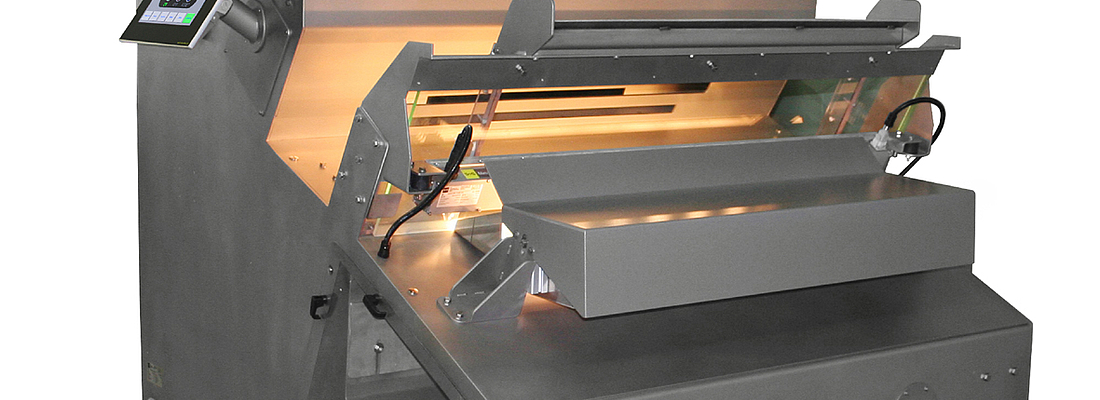At the PETpoint 2011 trade fair that will be held from 9 to 11 November in Nuremberg, S+S Separation and Sorting Technology GmbH presents sorting systems for PET recycling in hall 7A, stand 530. The big challenge in PET recycling is that bottles or flakes must be separated to provide unmixed and contaminant-free output materials. S+S has developed solutions that sep-arate contaminants from PET material flows and sort these material flows into unmixed frac-tions. Using state-of-the-art sorting technology that is able to separate huge mass flows into var-ious secondary raw materials in a very short time is an important element for an economically efficient recycling process.
PET recycling has become an essential factor for the saving of crude oil and thus for the reduc-tion of CO2 pollution. Every recycled PET bottle has a crude oil equivalent of 25 gram. In view of the global recycling quantity of 4.53 million tons of PET bottles per year this means a saving of crude oil of approximately 3.7 million tons. Even packaging that at first glance may seem to be ecologically unfavourable, such as non-returnable PET bottles, due to its recycling thus be-comes ecologically valuable packaging that in its eco-balance is in no way inferior to competi-tors like returnable glass bottles. More than 80 percent of the PET recycling companies in Ger-many, and more than 60 percent of the European recycling companies use S+S polymer, metal, and colour separators for the reliable separation of contaminants.
Polymer separators with multi-spectral sensors are used to detect contaminants and plastic types. In PET recycling these systems in fully-automatic operation separate unwanted plastic types from the PET material based on the infrared absorption of the various plastic types. They for example remove PVC contents or bioplastics such as PLA, which otherwise would consid-erably reduce the quality of the recycled material or would even make high-quality material recy-cling impossible. Against the background of an increasing use of bio bottles that up to 100 percent are made of vegetable raw materials and from the outside cannot be distinguished from conventional PET bottles, this is an important sorting criterion.

The S+S Flake Purifier performs up to three sorting tasks (plastic types, metal, and colour) in one go. (Photo: S+S)
Contaminant separators with inductive sensors reliably remove all kinds of metals from mixed PET materials. While conventional metal separators can separate certain types of metal like stainless steel only to a very limited extent, S+S contaminant separators perform this separation task without any problems – irrespective of the type of metal.
Colour separators with optical sensors in fully automatic operation separate off-colour contami-nations (e.g. coloured from clear, non-transparent bottles) from a PET material flow. Optical in-spection is performed by high-speed cameras. The optically relevant information is evaluated, and the wanted or unwanted colour fractions are correspondingly separated.




